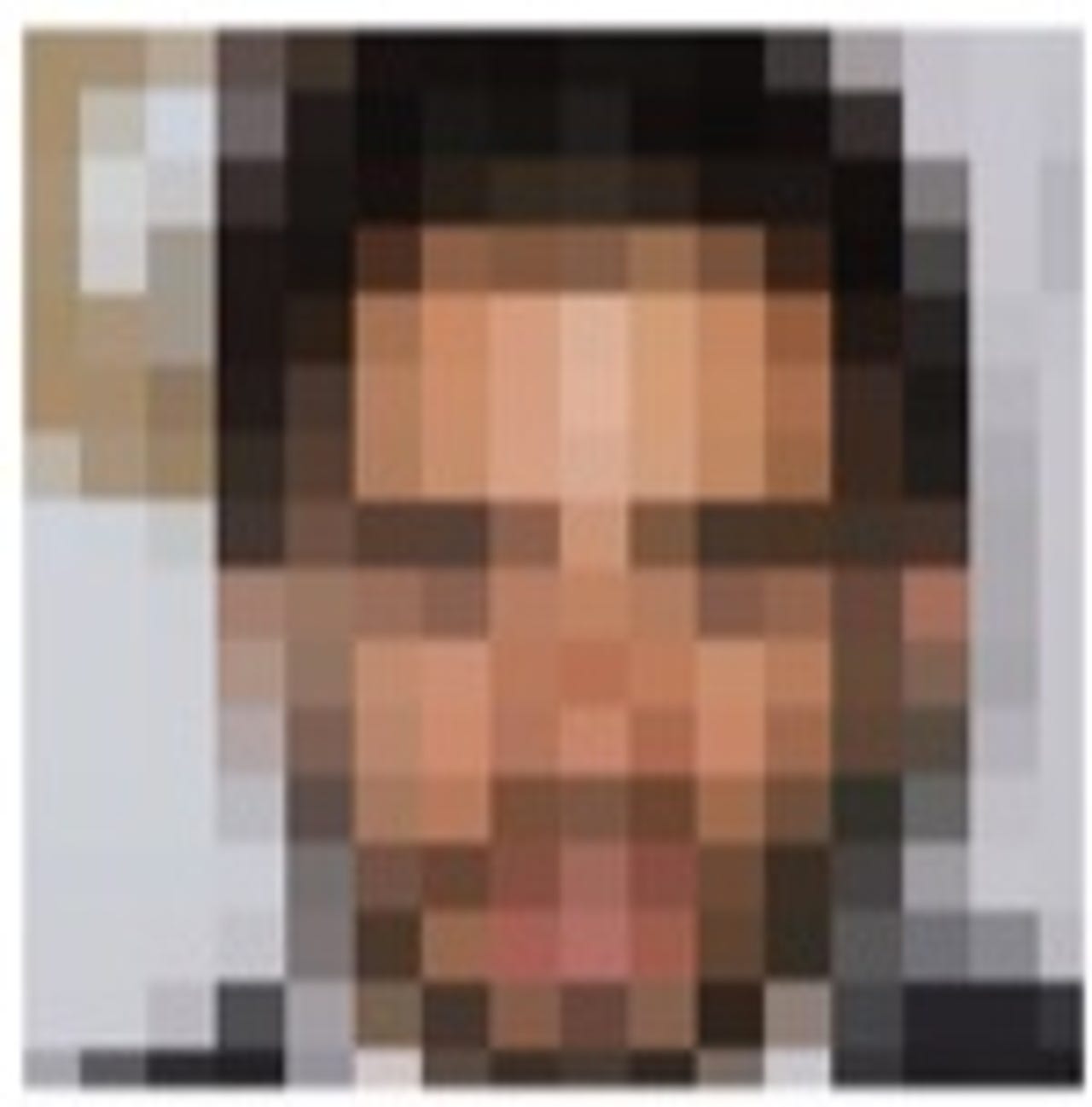Artificial intelligence is giving super resolution to images

Most ZDNet readers know enough about digital photography -- and video -- to know that enlarging a digital picture means the pixels get bigger too. Blowing up a fuzzy surveillance video just makes a large fuzzy video. It's why optical zoom is superior to digital zoom in a camera.
However, there is a lot of work going on in the field of image super resolution (ISR), and they've produced some amazing results.
And hazardous results as well.
The basics
The problem is, of course, that you don't know what the image under those pixels looks like. There are lots of possibilities, and it is tedious in the extreme to sort through thousands of them.
Enter artificial intelligence. Maybe you've heard of it. In ISR, convolutional neural networks are the tool of choice. They're very good at sorting through the possibilities quickly, and they never get cranky.
In a recent paper, Amortised Map Inference For Image Super-Resolution, machine learning researchers Casper Kaae Sonderby, Jose Caballero, Lucas Theis, Wenzhe Shi, and Ferenc Huszar, all of the Twitter Cortex in London, describe a new approach to enhancing images.
The results
Results are amazing. Compare this face with the ISR version below.

Pixelated face.
The method works better, today, on natural features, such as faces or a tree.
The Storage Bits take
Most of the horror around AI is focused on human-level intelligence -- HAL 9000, Skynet -- rather than highly specialized AI. But the latter are easier to develop and can deliver astounding results in a limited domain.
But what if you are the person in a video whose face is pixelated for anonymity, to protect you from retribution -- and now a new AI can unmask you? Researchers just develop this stuff -- and if they didn't, someone else would.
Image after super resolution
Maintaining anonymity on social networks is going to get much harder. Right now, about half of all American's faces are in a police database. Videos are going to have to smudge or replace faces before pixelation to preserve anonymity.
At a high level, though, this is simply using AI to add value to the imaging systems we already use. The payback scales with our cameras and storage. Expect many more analogous systems.
It's the applications of these systems, and their unforeseen consequences, that we'll want to have a say in.
Courteous comments welcome, of course. There's another fine ISR paper here.